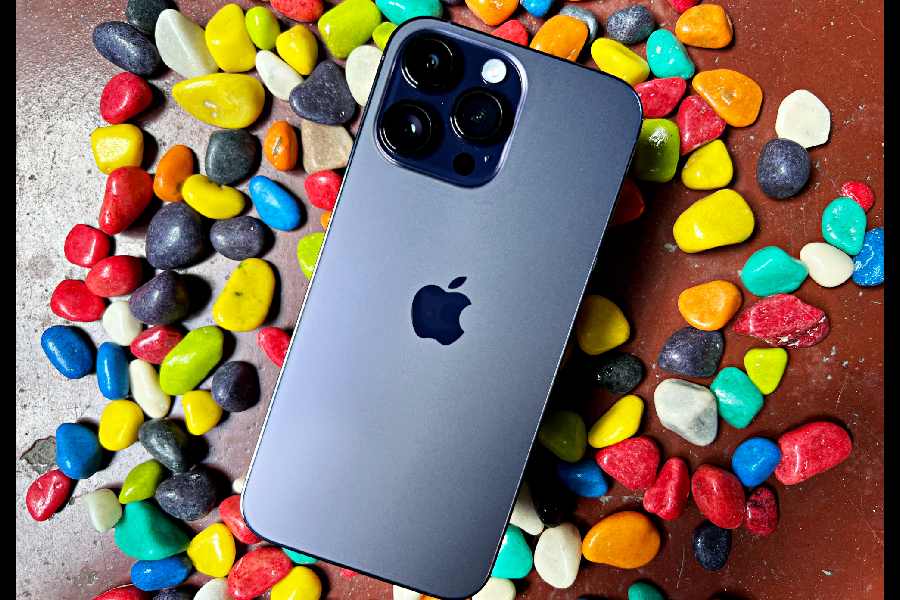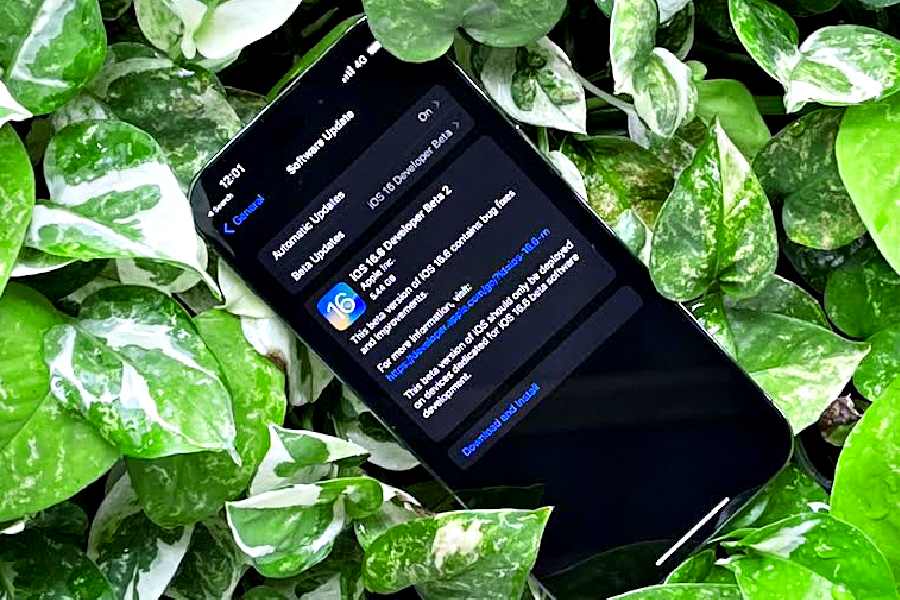Once an iPhone enters a household, it never goes away because of its (not so) secret feature — longevity. Instead of amla or ginseng extract, what Apple feeds one of the most famous devices in the history of electronics is the ability to update software year after year. At the moment we have iOS 16, which is supported even on the iPhone 8 that came out in 2017.
The staying power of the iPhone is, in large part, linked to the software upgrade cycle. What it means is the parents buy an iPhone, use it for a few years and then give it to their teenage kids, who, once again, use it for a few years.
Unlike Android phones, at Apple, the hardware and software divisions work closely, ensuring the phone doesn’t slip up even when cutting-edge updates are rolled out. For example, when iOS 17 arrives later this year, it will come to all eligible iPhones simultaneously. When an update is rolled out, it will also appear on all eligible iPhones without discrimination that’s very common to see among Android phone manufacturers.
Here are some figures that iterate the reasons behind Apple’s strong loyal base. Ninety per cent of all devices introduced in the last four years use iOS 16 and 81 per cent of all devices use iOS 16. What about Android 13? Don’t even ask about it.
It’s about how updates are delivered on iOS. The deep hardware and software integration allows updates to be directly delivered on iOS. There’s nobody in the middle of the process. When there’s an update, Apple simply pushes it out to all its users. That way delivery is faster and to a broader set of iPhones.

iPhone users enjoy the highest level of security and the company is constantly working on updates to deal with new threats

iPhones have better resale value than any Android device
Adds to the value of a phone
There are two kinds of updates and both add to the value of the phone. There are periodical software updates throughout the year, bringing new features. Then there are bug fixes, timely features and security updates throughout the year. Take the case of unlocking the iPhone while having the mask on. It was the need of the hour during the pandemic. Or take the case of Advanced Data Protection option that was delivered last December. These all came as part of a software update.
Makes the phone secure
One can’t stress enough the importance to upgrade for the purpose of security. It’s a fact that iPhone users enjoy the highest level of security and the company is constantly working on updates to deal with new threats. If you are wondering the best way to stay secure, the answer is simple — keep your device updated. Whether it’s a major release, like iOS 16, or periodic updates, they all contain important security updates that protect users against malware and latest vulnerabilities.
Think of longevity and sustainability
Going back to the point about an iPhone being used for years, it means less electronic waste. If a phone is able to handle all the powerful new features that get introduced with each generation of OS, why upgrade phones every two years? Further, iPhones are often handed down to family members, which is once again a good step to reduce e-waste. Every step helps to make sustainability a reality. Pictures taken on the iPhone X still look stunning; worthy of being in photo competitions. Ask photographers like Dimpy Bhalotia and they will have a lot to say about the capability of the iPhone X camera.
No procrastination
When I look at Android, many users are hesitant to update to a new version because they are scared that their phones will stop working. Android has given updates a bad name and it is true that many Android phone manufacturers don’t care about offering substantial updates after the first year.
It’s a completely different situation with Apple users. Most trust updates so much that they look forward to them. Each update comes with an explanation as to what the new features are and iPhone users can decide whether they want to update. The update can be allowed manually or automatically. The level of trust is so high that most opt for automatic updates. So when an update is available, it gets applied overnight. In other words, you wake up in the morning to a refreshed iPhone. It explains why 90 per cent of all devices introduced in the last four years use iOS 16, which itself was introduced less than a year ago.
It helps developers and users
When most users are using the latest version of iOS, it helps developers, who keep coming up with new features. Developers take advantage of Apple’s latest API’s in their apps, making them innovate faster and they save time and resources because they can focus on the latest OS. The support for older devices means that the reach that their app has is as broad as possible. In turn, users get better apps, even if they’re running an older iPhone. It’s a cycle between users and developers.
Strong beta programme
Before an update is deployed, there is something called developer beta and public beta to help developers to test their apps and features to make sure everything runs smoothly when the final version appears. Users can test it through public beta, so that if they find an issue, they can report it to Apple, and the company can fix it before the feature is delivered globally.
Long-term value
Not just iPhones, even iPads, Apple Watches and Macs keep getting the latest updates regularly. One has to remember that people using four-/five-year-old iPhones may get the latest version of iOS but some features may not be supported but these iPhones continue to get most of the functional improvements and all of the security updates for as long as the hardware will support. On Android, the timeframe of updates varies with the phone’s manufacturer. No wonder, iPhone users don’t have to worry about app compatibility or security risks. And iPhones have better resale value better than any Android device. If a brand can warm up to the user year after year, brand loyalists are born.
